15th century moorish
cards from Spain
Fourteen cards from two different sheets of uncut woodcut cards belonging to the same deck survive in Spanish archives. They cannot be dated very precisely, but are presumably from the 15th century.
The sheets seems to originally have contained 16 cards each; with two halves each with two by four cards printed edge to edge, but in both all but a narrow strip remains of one row of four cards. In one sheet all cards face the same way, while in the other both halves are oriented with the card bottoms towards the central divide. This might suggest that each sheet were printed from two different woodblocks, one for each half.
The first sheet contains twelve different cards – four aces, three twos and 3, 7, 8, 9 and 10 of cups. The other curiously contains only fours and fives of cups. Both halves consists of a row of four fives above a row of four fours, but they are not printed from the same woodblock, so each card is cut eight times.
Though no court cards are preserved, the deck must be assumed to have contained 52 cards, since it has pip card values from 1 to 10. With 16 cards to the sheet, three sheets cover 48 cards. It is known from other decks that supplemental sheets with the remaining values repeated in order to fill an entire block were made, but that would in this case require four different values, not just two.
Another unclear detail is whether it is the two of swords or the two of batons that is preserved. The suit symbols are curved, meeting each other at the centre but are not interlaced. Their closest parallell is the swords of the Budapest cards, crossed with the more abstract interlaced swords of north Italian decks. The argument for them rather being batons is that the ace of batons is curved, while the ace of swords is straight. However, strong stylistic differences between aces, other pip cards and courts are very common in early cards.
| Swords | Batons | Coins | Cups | ||
|---|---|---|---|---|---|
| Ace | 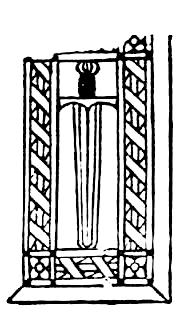 | 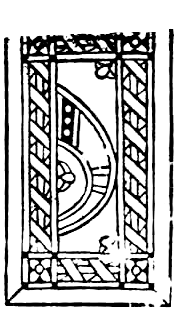 |  | 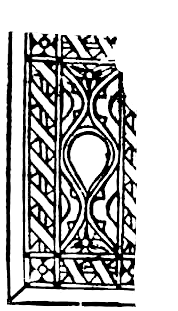 | |
| 2 |  | 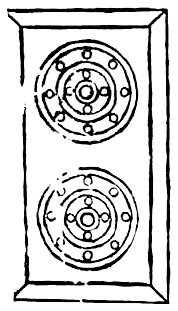 |  | ||
| 3 | 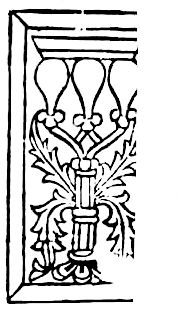 | ||||
| 4 |  | ||||
| 5 | 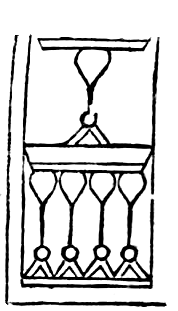 | ||||
| 6 | |||||
| 7 | 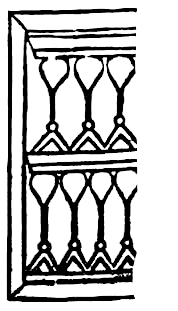 | ||||
| 8 | 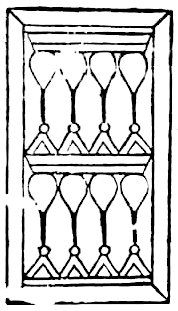 | ||||
| 9 | 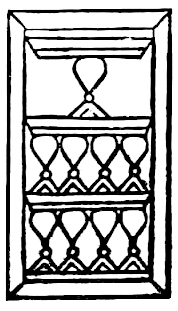 | ||||
| 10 | 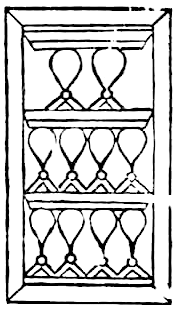 | ||||